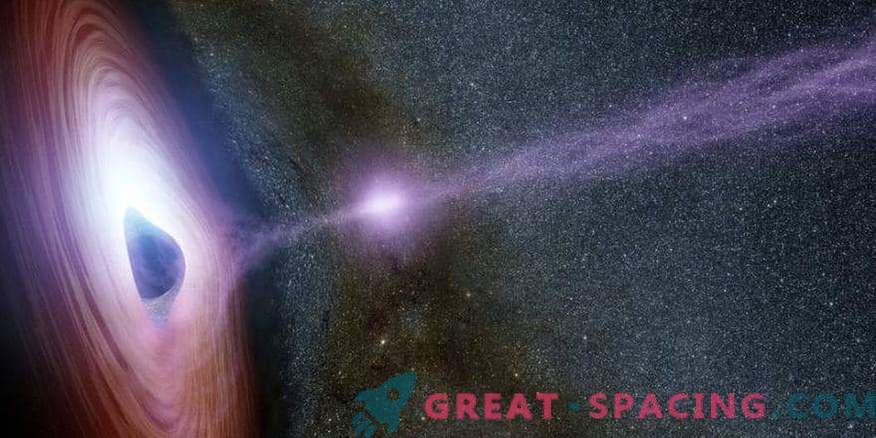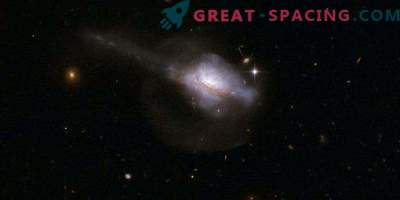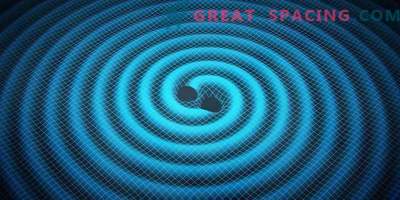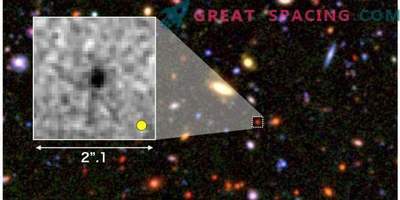
Researchers often assume that supermassive black holes (SMBH) are hidden in the cores of massive galaxies. In recent years, observers have searched for galaxies that can accommodate SMBHs that are out of their equilibrium positions. Among the scenarios considered that could lead to a similar situation, the presence of a double SMBH pair or the merging of two SMBHs was taken into account. Finding an example will allow to understand the galactic evolution and the frequency of formation and merging of this type of objects.
One of the candidates for moving SMBH is considered to be a large-scale elliptical galaxy M87, containing one of the most studied galactic nuclei (AGN). Early studies on the displacement of SMBH in M87 yielded conflicting results. But the new analysis suggests that SMBH in this galaxy is in an equilibrium position and that the previously found movements are caused by changes in the center of light formation (photo center) caused by flashes from relativistic jets. For the study, it was necessary to analyze a large number of high-resolution M87 images taken at different times. For this, data from the Hubble Space Telescope and the Very Large Telescope were used. It turned out that SMBH has been in a stable position for the past 20 years, but the photo center has changed. That is, the acquired images with a shift of the galactic center were taken in an era when M87 had a large flash, measured in the entire range of the EM spectrum.
This outbreak occurred in the years 2003-2007. in the node inside the jet HST-1 (the closest node to the core M87). While the flash continued, the node has increased so much that it even eclipsed the core. The analysis showed that the flash is associated with a change in the position of the photo center. The new data aroused great interest in the astrophysical community, since the study of the SMBH location in M87 is crucial for understanding the galactic evolution and analysis of jets in other AGNs.











































